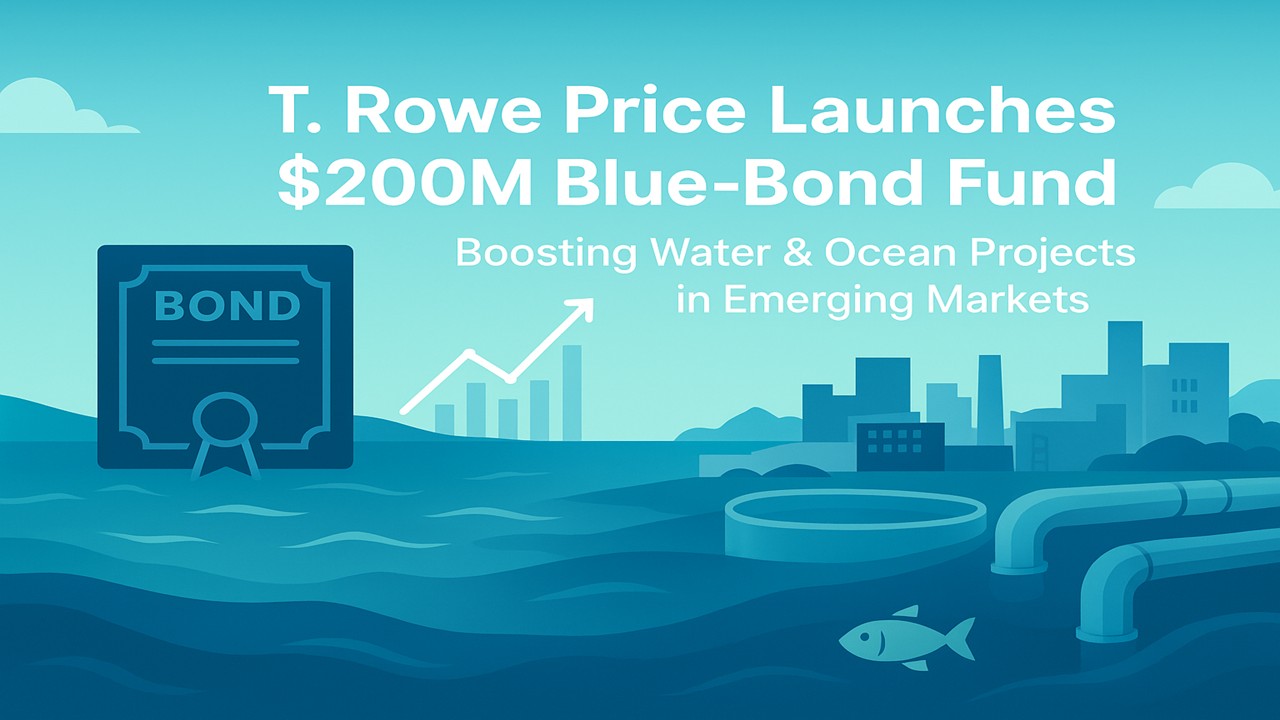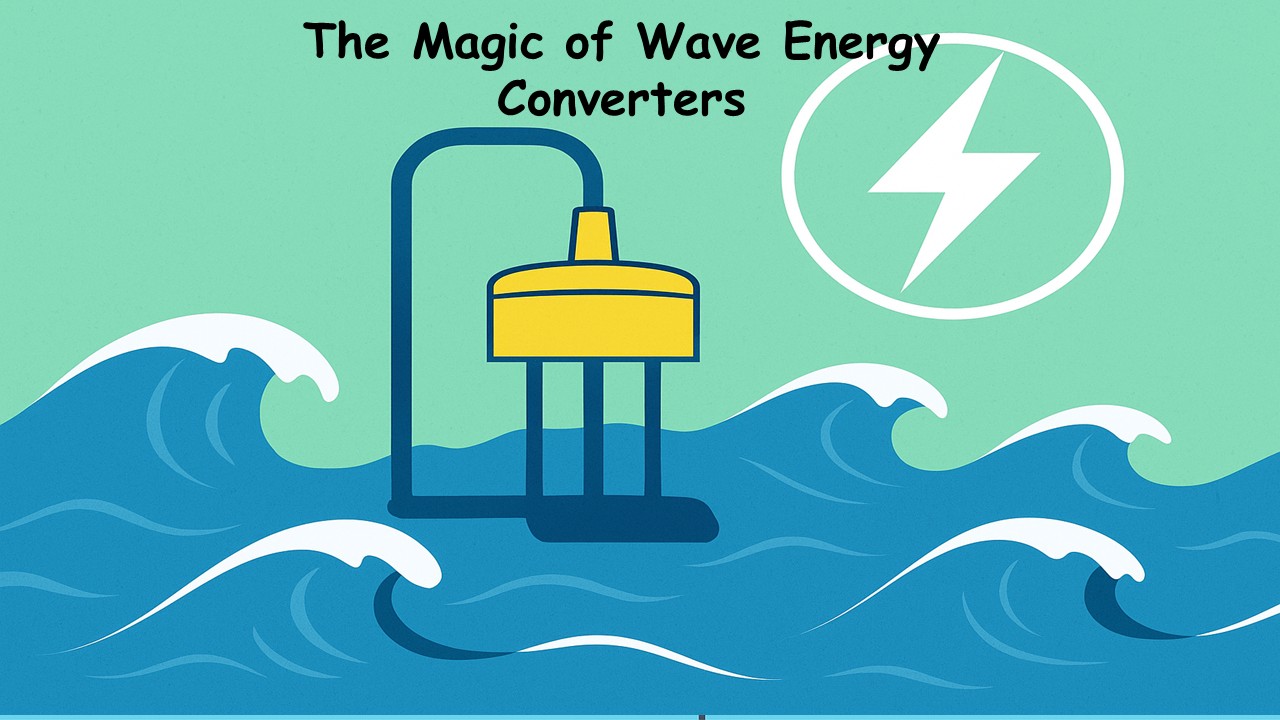
T. Rowe Price has officially launched its Emerging Markets Blue Economy Bond Strategy with initial commitments exceeding $200 million. The launch is backed by the International Finance Corporation (IFC) and corporate/investor partners including Xylem and Builders Vision. This initiative aims to accelerate the development of the “blue bond” market across emerging economies, mobilizing private capital for water- and ocean-related projects.
What Are Blue Bonds?
Blue bonds are debt instruments specifically designed to fund projects tied to oceans, coasts, and freshwater resources. Much like green bonds target environmental and climate initiatives, blue bonds finance projects such as:
- Clean water infrastructure
- Wastewater treatment
- Marine ecosystem conservation
- Sustainable fisheries and aquaculture
- Coastal climate adaptation
While still a young market, blue bonds are gaining traction as investors look for measurable environmental and social impact alongside financial returns.
Key Details of the New Fund
- Initial Size: $200 million+ commitments from T. Rowe Price, IFC, Xylem, and Builders Vision.
- Management Team:
- Samy Muaddi (Head of Emerging Markets Fixed Income)
- Matt Lawton (Head of Impact Fixed Income)
Both are experienced managers in emerging markets and impact-focused investments.
- Objective: To catalyze a corporate blue bond market in emerging economies and attract further private capital.
Where Will the Money Go?
The fund will primarily invest in corporate bonds issued by:
- Financial institutions financing blue projects
- Real-sector companies undertaking water and marine-related initiatives
Targeted areas include wastewater treatment, clean drinking water, sustainable fisheries, marine ecosystem protection, and coastal adaptation projects. Only bonds meeting the Blue Impact Investment Guidelines will be eligible for investment.
Standards and Guidelines: IFC’s Role
Together with the IFC, T. Rowe Price developed the Blue Impact Investment Guidelines, setting clear criteria for eligible projects, impact reporting, and transparency. The strategy will also be aligned with IFC’s broader Blue Finance Guidelines, which provide the global benchmark for measuring impact in blue economy finance.
Alignment with UN Sustainable Development Goals
This initiative directly supports the United Nations Sustainable Development Goals (SDGs):
- SDG 6: Clean Water and Sanitation
- SDG 14: Life Below Water
These sectors remain underfunded globally, especially in developing economies, making the fund’s focus particularly impactful.
Potential Market Impact
- Crowding-in Effect: By taking a lead role, T. Rowe Price and IFC may attract more institutional investors, strengthening the emerging blue bond ecosystem.
- Market Recognition: Blue finance is still small compared to green bonds, but such initiatives could help it gain wider legitimacy and scale.
- Emerging Markets Benefits: Regions like Latin America, South Asia, and Africa could see greater access to capital for critical water and marine projects, driving infrastructure development and job creation.
Risks and Challenges
- Project Risk: Revenue models for blue projects (e.g., marine conservation) are not always straightforward, posing risks to returns.
- Measurement Gap: Reliable metrics and benchmarks for blue finance are still evolving. The Financial Times highlighted that the lack of performance standards remains a key barrier.
- Political/Regulatory Risk: Policy shifts, permitting issues, and regulatory uncertainty in emerging markets could disrupt projects.
- Liquidity Constraints: As the blue bond market is still small, large investments may face exit challenges.
Investor Availability and Classification
- The strategy is intended for qualified investment professionals only, and availability will depend on jurisdiction-specific regulations.
- Some reports suggest it may be classified under SFDR Article 9 in the EU, signaling the highest sustainable finance category. However, this classification is subject to regulatory approvals.
Outcome
T. Rowe Price’s $200 million+ launch marks a major milestone for the blue finance sector, signaling that water and ocean-related projects are now being treated as viable, large-scale investment opportunities. With IFC’s backing and corporate partnerships, the fund has the potential to unlock private capital in regions where it is needed most.
However, the success of this initiative will depend on developing clear standards, measurable outcomes, and replicable success stories. Over the next 6–12 months, investors will closely watch whether more blue bond issuances hit the market and whether private capital flows follow.
If successful, this fund could be a turning point for sustainable finance — expanding from “green” to “blue.”


































































